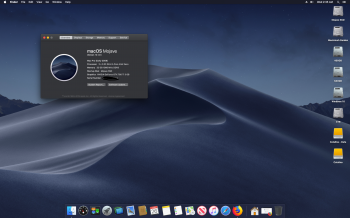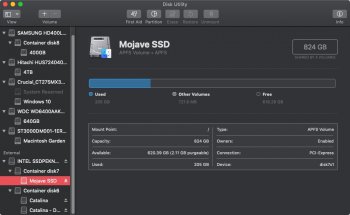MacOS has always been a closed standards based system. That is not a new thing. It's why the PowerMacs didn't work out. It's not just in their DNA as a company. It has it's pro and con - mostly pro because it's kept them ahead of the curve in their market for more than 35 years now and I think it's underestimated as a path. If you look at it, it's why linux never caught on as a mainstream system and Windows struggles with it's own relevance and has had to resort to the moves they've had to in recent years because it's become recognized predominately as a gaming platform and it's made itself mostly irrelevant as an office platform by moving it's own office suites away from it's own platforms to html/jx in order to keep a market segment.
I would give this some time and at the end see if it isn't simple and just works. It's become a mess right now and this is obviously a move back to making it the opposite and making it a hard rule rather than an exception. Walled garden or not. Get Xcode and roll your own if that's a problem. Don't depend on any company to just placate you.
As far as money grab. I point to the Mac Pro due this fall. Right now a lot of people are making noises about the expense and ignoring that it might be the most advanced and comprehensive professional oriented system to be built at this point in time. The components are not even the beginning of the story with that machine and it's the backbone topology of the seawall that is going to be what people are talking about when it ships. Not the CPU or GPUs or even the ridiculous cost of a 999 stand for a monitor whose nearest equivalent is in the 43000 range.
I'll put it this way. Even high end workstations are built to a cost performance target and with a mentality of iteration. This machine isn't. It uses 3x the traces in even the closest high end motherboards for power and pci channel connection and those connections are processor centric. The design is closer to the MIPS/SGI model than anything apple has ever done and I'm positive they had intel and supermicro pulling their hair out over the design and validation stages for the sheer fact few current system boards and even workstation class exceed 24/36 channels and provide no powered lanes in the sense of this one. Add on the it provides a 64 lane topology and powered lanes. I expect the base system to deliver punch for punch 1.5-2.2x performance ratios over the previous gen xeon systems (iMac Pro) depending on workflow for the sheer lack of bottle necks or limited lanes to feed it. It might be the lowest compromised, most balanced motherboard design since never, or at least since the indigo 2 systems.
Is it expensive to do that? you bet. Is it a money grab? Time will tell, if it makes post house A and Audio Post House B happy and extends profitability - then probably no. Definitely something is up at Apple, kind of feels like the marketing and hedge fund guys have been pushed to the fringes and the engineers are back in the seat for a while to steer the ship back into it's lane. I hope so. It's been a rough time for their core market on the MacOS side. This is a big departure on the road back to what made a Mac a Mac and the funny thing is I don't mind the IOS tagalongs. At least the catalyst stuff is useful to someone






